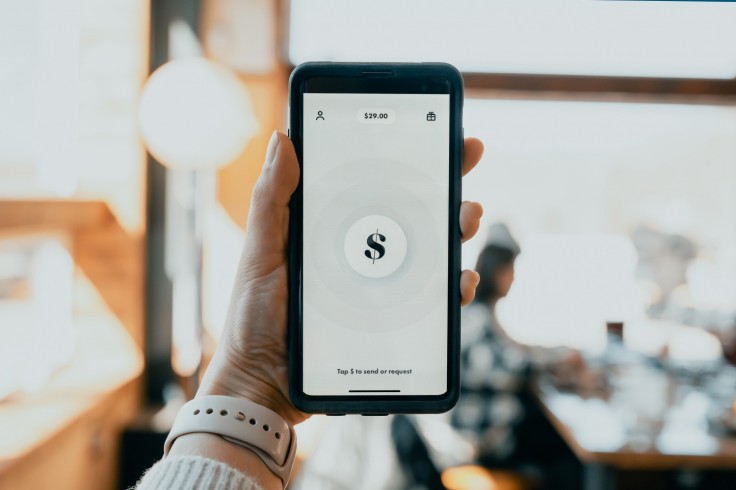
Amid the pandemic and more and more people rely on mobile transactions, several mobile banking malware threats progressed as well.
In relation to this, Nokia has released a threat intelligence report showing that mobile banking scams saw a massive increase of 80 percent this 2021.
With that said, people should be aware of several common attacks and how to prevent them from occurring.
Mobile Banking Malware Overview
According to the press release of Nokia citing the Nokia 2021 Threat Intelligence Report, mobile banking malware threats are drastically increasing since cybercriminals target the growing popularity of mobile banking on smartphones. Most attacks aims to steal personal banking passwords and credit card information.
The report showed that the number of new banking trojans in the first half of 2021 has spiked to 80 percent--most of which tried to steal SMS messages containing one-time passwords--based on data collected from network traffic monitored on more than 200 million devices globally.
In addition to this, Nokia stated that the mobile banking scams are concentrated in Europe and Latin America, though, it is constantly spreading to other parts of the globe.
"Banking trojans use a variety of tricks to collect the information. These include capturing keystrokes, overlaying bank login screens with their own transparent overlay relaying captured information to the intended target, taking screen snapshots, and even accessing Google Authenticator codes," Nokia furthered on the press release, quoting the report.
Moreover, the mobile banking malware has been primarily aimed at Android phones, which has been the most targeted type of mobile device for cyber thieves for years because of its ubiquity and developer openness.
According to the Threat Intelligence Report, most banking programs allow users to add a multi-factor authentication feature to their accounts to make obtaining personal information more difficult for cybercriminals.
With that said, users are strongly advised to avoid using public Wi-Fi access points for mobile banking. It is also best to use strong passwords that have no common personal details such as birthdays.
4 Common Attacks to Steal Your Data and How to Avoid
Since mobile banking threats has increased, Executech has shared several common attacks that cybercriminals use to steal data and how it can be prevented.
4. Trojan Malware
Trojan malware disguises itself as genuine software to deliver its payload. People will be able to identify that their device has been compromised by this malware once an alert appears recommending a scan. Once people agreed to the prompted message to scan the device, the malware will automatically do it by itself.
Prevention: People should avoid downloading apps or executables from unknown sellers, as well as from those attempting to alarm the user to a serious problem.
3. Cryptojacking
Cryptojacking is an attempt to infect a computer with malware that forces people to engage in crypto mining. For those who are not familiar with crypto mining, it is a popular method of obtaining cryptocurrency as well as infecting unprotected computers.
Prevention: People should keep all security apps or software updated,as well as the firmware of the device since most unprotected systems are the most infected by cryptojacking.
2. Ransomware
Ransomware is a severe type of virus that infects users' networks or computers.It limits access to features unless a ransom is paid to third parties once it is installed.
Prevention: Keep in mind that once ransomware is placed on a computer, it's difficult to remove. The only preventive strategy that people could do is to keep the anti-virus software up to date and avoid dangerous websites. Additionally, having up-to-date backups and replications is critical to preventing ransomware assaults from becoming catastrophic.
1. Phishing Attacks
Phishing scams are an older type of attack that relies on social engineering to achieve their goal. In terms of how phishing scams work, a message or email is typically sent to an end-user requesting sensitive information, such as a password. The phishing mail may appear authoritative at times, with legitimate-looking addresses and media that forces a person to click on links, exposing critical information inadvertently.
Prevention: The best prevention for this type of attack is a common-sense approach to security since spelling problems are common in phishing emails.









